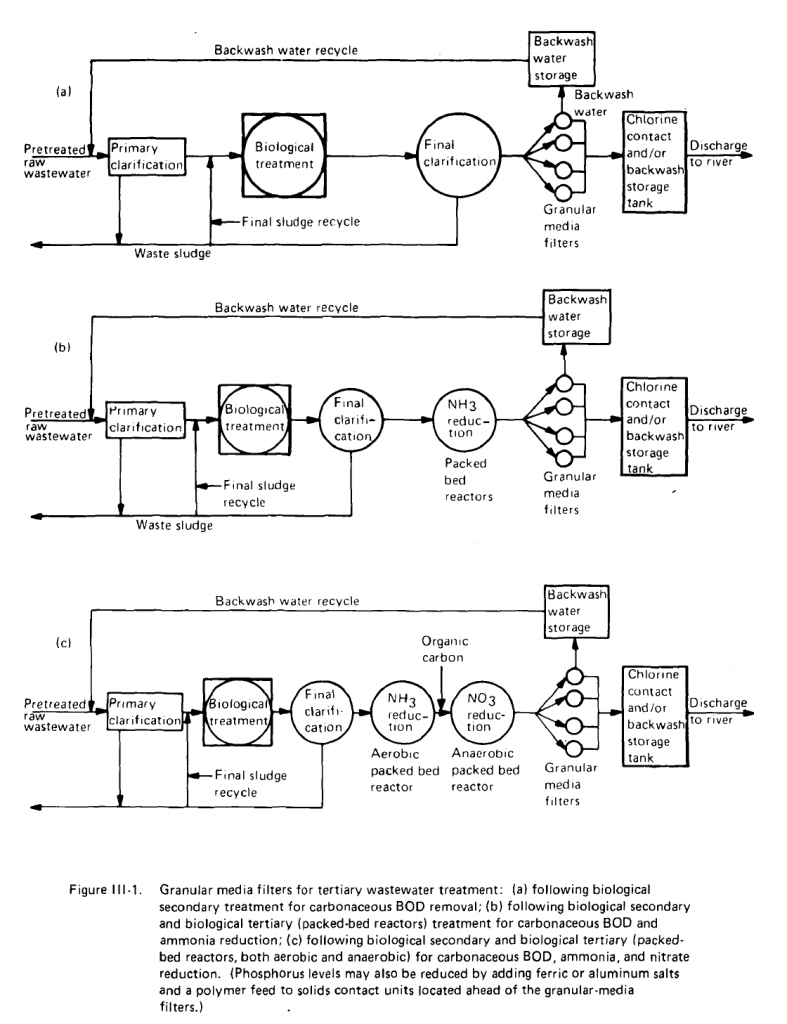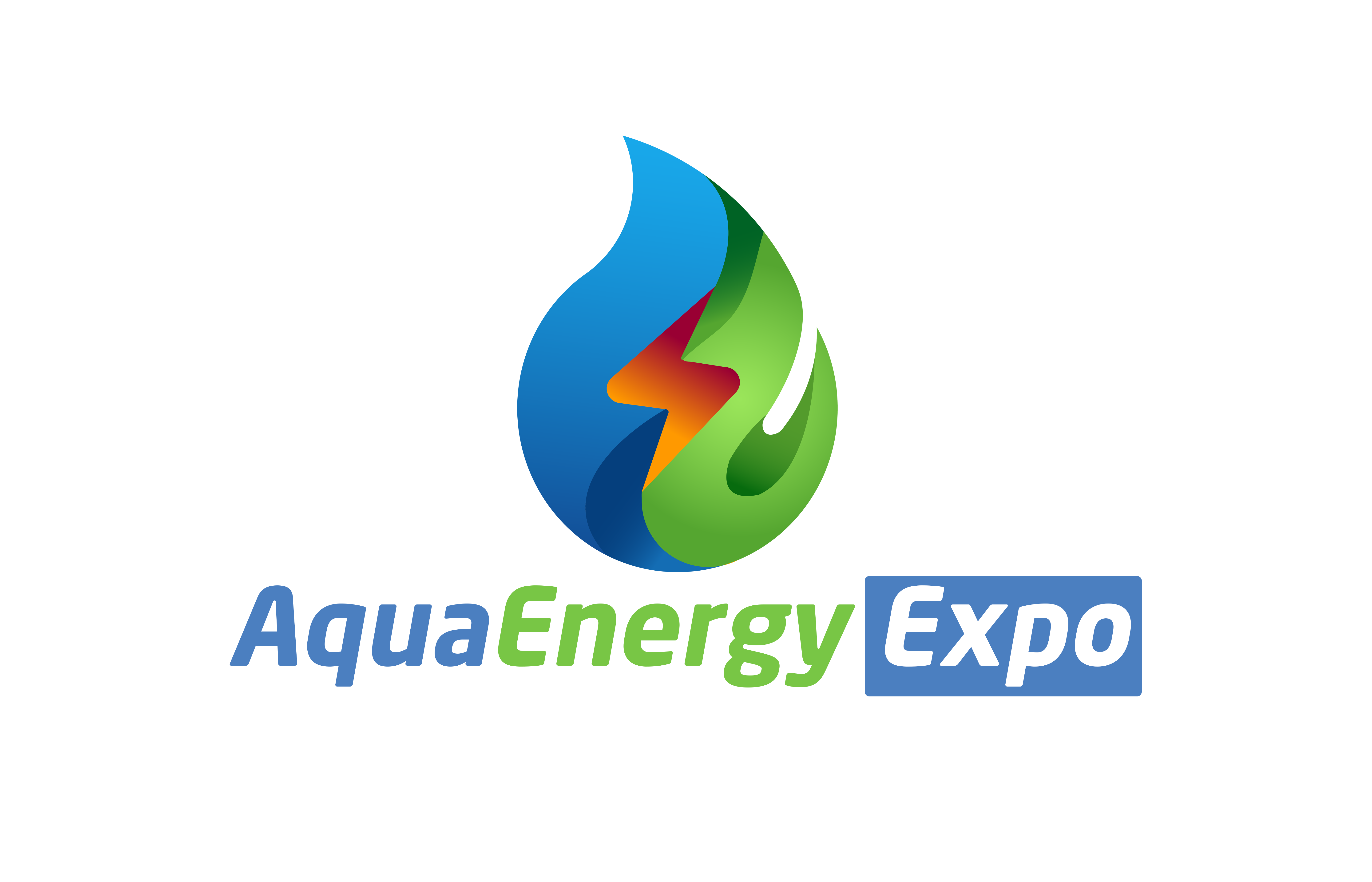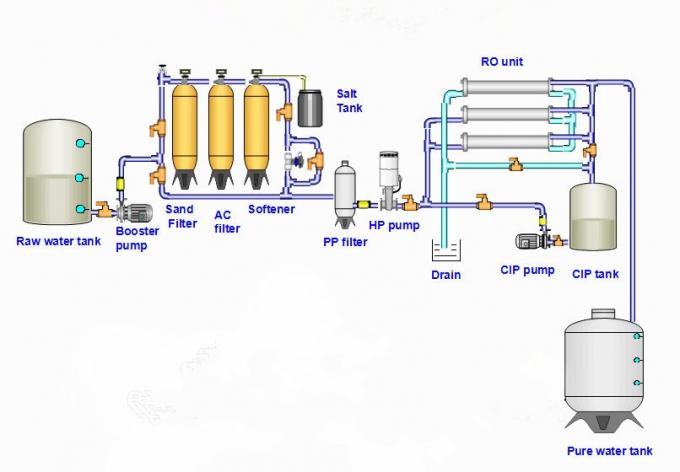Introduction
Filtration is a fundamental unit operation that separates suspended particle matter from water. Although industrial applications of this operation vary significantly, all filtration equipment operate by passing the solution or suspension through a porous membrane or medium, upon which the solid particles are retained on the medium’s surface or within the pores of the medium, while the fluid, referred to as the filtrate, passes through.
In a very general sense, the operation is performed for one or both of the following reasons. It can be used for the recovery of valuable products (either the suspended solids or the fluid), or it may be applied to purify the liquid stream, thereby improving product quality, or both. Examples of various processes that rely on filtration include adsorption, chromatography, operations involving the flow of suspensions through packed columns, ion exchange, and various reactor engineering applications. In petroleum engineering, filtration principles are applied to the displacement of oil with gas (Le., liquid-liquid separations), in the separation of water and miscible solvents (including solutions of surface-active agents), and in reservoir flow applications. In hydrology, interest is in the movement of trace pollutants in water systems, the purification of water for drinking and irrigation, and to prevent saltwater encroachment into freshwater reservoirs. [1]
Types of Filtration
Filtration is classified into following three types: [2]
1) Depth filtration
- a) Slow sand filtration
- b) Rapid porous and compressible medium filtration
- c) Intermittent porous medium filtration
- d) Recirculating porous medium filtration
2) Surface filtration
- a) Laboratory filters used for TSS test
- b) Diatomaceous earth filtration
- c) Cloth or screen filtration
3) Membrane flirtation

DEPTH FILTRATION
In this method, the removal of suspended particulate material from liquid slurry is done by passing the liquid through a filter bed composed of granular or compressible filter medium.
- Depth filtration is the solid/liquid separation process in which a dilute suspension or wastewater is passed through a packed bed of sand, anthracite, or other granular media.
- Solids (particles) get attached to the media or to the previously retained particles and are removed from the fluid. [3]
- This method is virtually used everywhere in the treatment of surface waters for potable water supply.
- Depth filtration is also often successfully used as a tertiary treatment for wastewater.
- Failure of depth filtration affects the other downstream processes significantly and most of the times results in overall plant failure.
- Performance of a filter is quantified by particle removal efficiency and head loss across the packed bed.
- The duration of a filter run is limited by numerous constraints: available head, effluent quality or flow requirement.
- The head loss and removal efficiency of a filter are complicated functions of suspension qualities (particle size distribution and concentration, particle surface chemistry, and solution chemistry), filter design parameters (media size, type, and depth), and operating conditions (filtration rate and filter runtime).
SURFACE FILTRATION
- Surface filtration involves removal of suspended material in a liquid by mechanical sieving. In this method, the liquid is passed through a thin septum (i.e., filter material).
- Materials that have been used as filter septum include woven metal fabrics, cloth fabrics of different weaves, and a variety of synthetic materials. [4]
MEMBRANE FILTRATION
- Membrane filtration can be broadly defined as a separation process that uses semipermeable membrane to divide the feed stream into two portions: a permeate that contains the material passing through the membranes, and a retentate consisting of the species being left behind. [5]
- Membrane filtration can be further classified in terms of the size range of permeating species, the mechanisms of rejection, the driving forces employed, the chemical structure and composition of membranes, and the geometry of construction . [6]
- The most important types of membrane filtration are pressure driven processes including microfiltration (MF), ultrafiltration (UF), nanofiltration (NF), and reverse osmosis (RO).
MECHANISMS INVOLVED IN THE FILTRATION PROCESSES
The process of filtration involves several mechanisms listed in the table 1. Straining has been identified as the principal mechanism that is operative in the removal of suspended solids during the filtration of settled secondary effluent from biological treatment processes. Other mechanisms including impaction, interception, and adhesion are also operative even though their effects are small and, for the most part, masked by the straining action.
Table.1 Mechanisms involved in the filtration processes [1]
| Mechanism/
phenomenon |
Description |
| Straining
a) Mechanical
b)Chance contact |
Particles larger than the pore space of the filtering medium are strained out mechanically. Particles smaller than the pore space are trapped within the filter by chance contact |
| Sedimentation | Particles settle on the filtering medium within the filter |
| Impaction | Heavy particles do not follow the flow streamlines |
| Interception | Particles get removed during contact with the surface of the filtering medium |
| Adhesion | Particles become attached to the surface of the filtering medium as they pass through |
| Flocculation | It can occur within the interstices of the filter medium |
| Chemical adsorption
a)Bonding b)Chemical interaction |
Once a particle has been brought in contact with the surface of the filtering medium or with other particles, either one of these mechanisms, chemical or physical adsorption or both, may occur. |
| Physical adsorption
a) Electrostatic forces b) Electrokinetic forces c) Van der Waals forces |
|
| Biological growth | Biological growth within the filter reduces the pore volume and enhances the removal of particles with any of the above removal
mechanisms |
Filtration in Wastewater Treatment [1]
In a very general sense, there are two types of wastewater flows – municipal and industrial. Although municipal wastewaters vary in composition, there are ranges of properties that enable filtration equipment to be readily selected and specified.
This is not always the situation when treating industrial wastewater streams. The compositions and properties of industrial wastewaters vary significantly, and even within specific industry sectors, these flows can be dramatically different. This is important to realize because although filtration is a physical process, it depends upon and is integrally a part chemical treatment processes such as preconditioning, buffering and filter aid conditioning. These chemical treatment methods must be properly specified along with the filtration equipment itself in order to ensure that a properly designed filtration system is being applied.
Filtration equipment selection can be complex not only because of the wide variations in suspension properties, but also because of the sensitivities of suspension and cake properties to different process conditions and to the variety of filtering equipment available. Generalities in selection criteria are, therefore, few; however, there are some guidelines applicable to certain classes of filtration applications. One example is the choice of a filter whose flow orientation is in the same direction as gravity when handling polydispersed suspensions. Such an arrangement is more favorable than an upflow design, since larger particles will tend to settle first on the filter medium, thus preventing pores from clogging within the medium structure.
A further recommendation, depending on the application, is not to increase the pressure difference for the purpose of increasing the filtration rate. The cake may, for example, be highly compressible; thus, increased pressure would result in significant increases in the specific cake resistance. We may generalize the selection process to the extent of applying three rules to all filtration problems:
- The objectives of a filtration operation should be defined;
- Physical and/or chemical pretreatment options should be evaluated for the intended application based on their availability, cost, ease of implementation and ability to provide optimum filterability; and
- Final filtration equipment selection should be based on the ability to meet all objectives of the application within economic constraints.
In applying these general criteria, one should focus on the intended application. In wastewater treatment applications, filtration can be applied at various stages. It can be applied as a pretreatment method, in which case the objective is often to remove coarse, gritty materials from the waste-stream. This is a preconditioning step for waste waters which will undergo further chemical and physical treatment downstream.
Filtration may also serve as the preparatory step for the operation following it. The latter stages may be drying or incineration of solids, concentration or direct use of the filtrate. Filtration equipment must be selected on the basis of their ability to deliver the best feed material to the next step. Dry, thin, porous, flaky cakes are best suited for drying where grinding operations are not employed. In such cases, the cake will not ball up, and quick drying can be achieved.
A clear, concentrated filtrate often aids downstream treatment, whereby the filter can be operated to increase the efficiency of the downstream equipment without affecting its own efficiency.
Filtration may also be applied as a part of the final stages of treatment in the process. This is most commonly referred to as a polishing operation. Indeed, filtration may be applied both as pretreatment and polishing stages, and even as an intermediate stage in the wastewater treatment process. Filtration equipment selection depends upon the specific operation that the equipment must perform.

By
Ahmed Ahmed Elserwy
Water & Environmental Consultant
Technical Manager Louts for Water Treatment
References
[1] Nicholas P. Cheremisinoff, Handbook of Water and Wastewater Treatment Technologies , Butterworth-Heinemann,2002,p 62.
[2] Metcalf & Eddy, Tchobanoglous, G., Burton, F. L., Stensel, H. D. “Wastewater engineering: treatment and reuse/Metcalf & Eddy, Inc.”, Tata McGraw-Hill, 2003.
[3] Cushing, R., Lawler, D. Depth filtration: fundamental investigation through three dimensional trajectory analysis. Environmental Science and Technology, 1998, 32, 3793- 3801.
[4] Spellman, F. R. “Handbook of water and wastewater treatment plant operations”, CRC Press, 2nd edition, 2009
[5] Mallevialle, J., Odendall, P. E., and Wiesner, M. R. “Water treatment membrane processes”, McGraw-Hill, New York, 1996.
[6] Zhou, H., Smith, D. W. Advanced technologies in water and wastewater treatment. Canadian Journal of Civil Engineering, 2001, 28, 49-66.
[7] Nicholas P. Cheremisinoff, Handbook of Water and Wastewater Treatment Technologies , Butterworth-Heinemann,2002,p 78.




